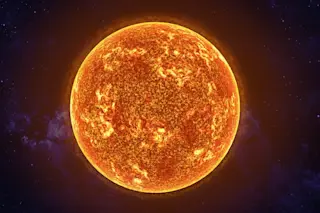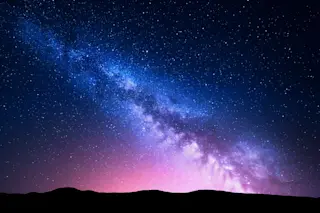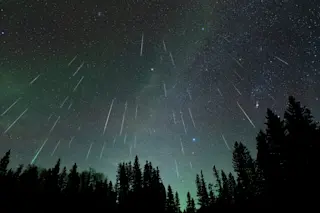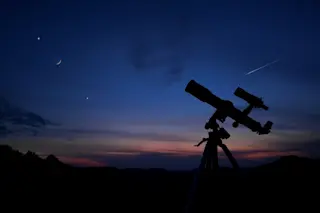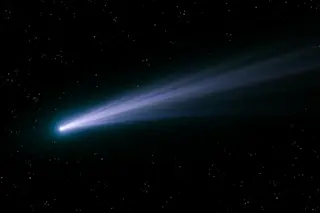New images from the Huygens probe reveal that Titan, Saturn's biggest moon, has giant sand-dune deserts that bear a striking resemblance to those found here on Earth.
"You see exactly the same kind of wind tails behind mountains and dune fields in places like Namibia and the Arabian Desert," explains University of Arizona planetary scientist Ralph Lorenz.
But Titan's conditions couldn't be more different than the Sahara's. Titan's atmosphere is far denser than Earth's, its gravity just one-seventh as strong, and its average temperature a chilly –289 degrees Fahrenheit. And the sand isn't anything like what you might find on a beach: It is probably made up of organic solids or granulated ice.
Titan sands may look familiar because radically different processes can produce similar outcomes. Sunlight on Titan is too weak to generate the kind of temperature gradients that induce winds on Earth, but recent observations have shown that ...



